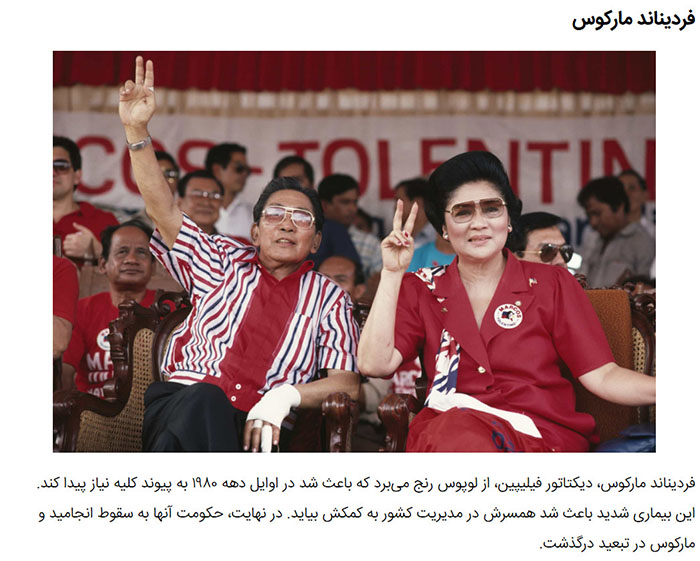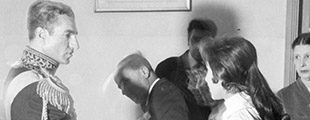Marcos was admitted to the hospital on January 15, 1989, with pneumonia and underwent a series of operations. In his dying days, Marcos was visited by Vice President Salvador Laurel. During the meeting with Laurel, Marcos offered to return 90% of his ill-gotten wealth to the Filipino people in exchange for being buried back in the Philippines beside his mother, an offer also disclosed to Enrique Zobel. However, Marcos’s offer was rebuffed by the Aquino government and by Imelda Marcos.
Marcos died at St. Francis Medical Center in Honolulu at 12:40 a.m (HST) on September 28, 1989, of kidney, heart, and lung ailments, 17 days after his 72nd birthday. Moments after, the younger Ferdinand eulogised his late father by stating, “Hopefully friends and detractors alike will look beyond the man to see what he stood for his vision, his compassion and his total love of country”.
Marcos was interred in a private mausoleum at Byodo-In Temple on the island of Oahu where his remains were visited daily by the Marcos family, political allies and friends.
The Aquino government refused to allow Marcos’s body to be brought back to the Philippines. The body was only brought back to the Philippines four years after Marcos’s death during the term of President Fidel Ramos.
From 1993 to 2016, Marcos’s remains were interred inside a refrigerated, frozen crypt in Batac, Ilocos Norte, where his son, Ferdinand Jr., and eldest daughter, Imee, have since become the local governor and congressional representative, respectively. A large bust of Ferdinand Marcos (inspired by Mount Rushmore) was commissioned by the tourism minister, Jose Aspiras, and carved into a hillside in Benguet. It was subsequently destroyed; suspects included left-wing activists, members of a local tribe who had been displaced by construction of the monument, and looters hunting for the legendary Yamashita treasure.

